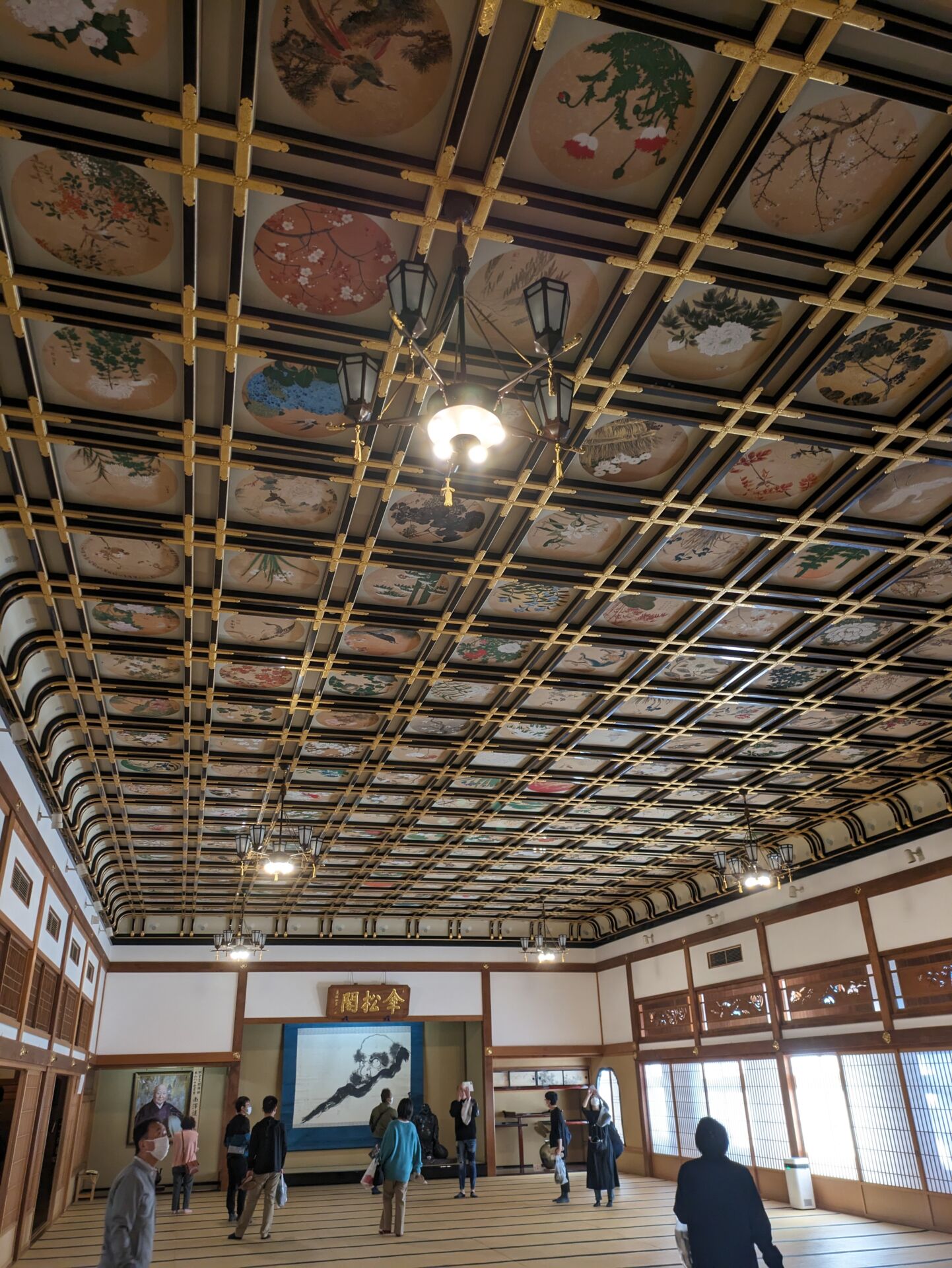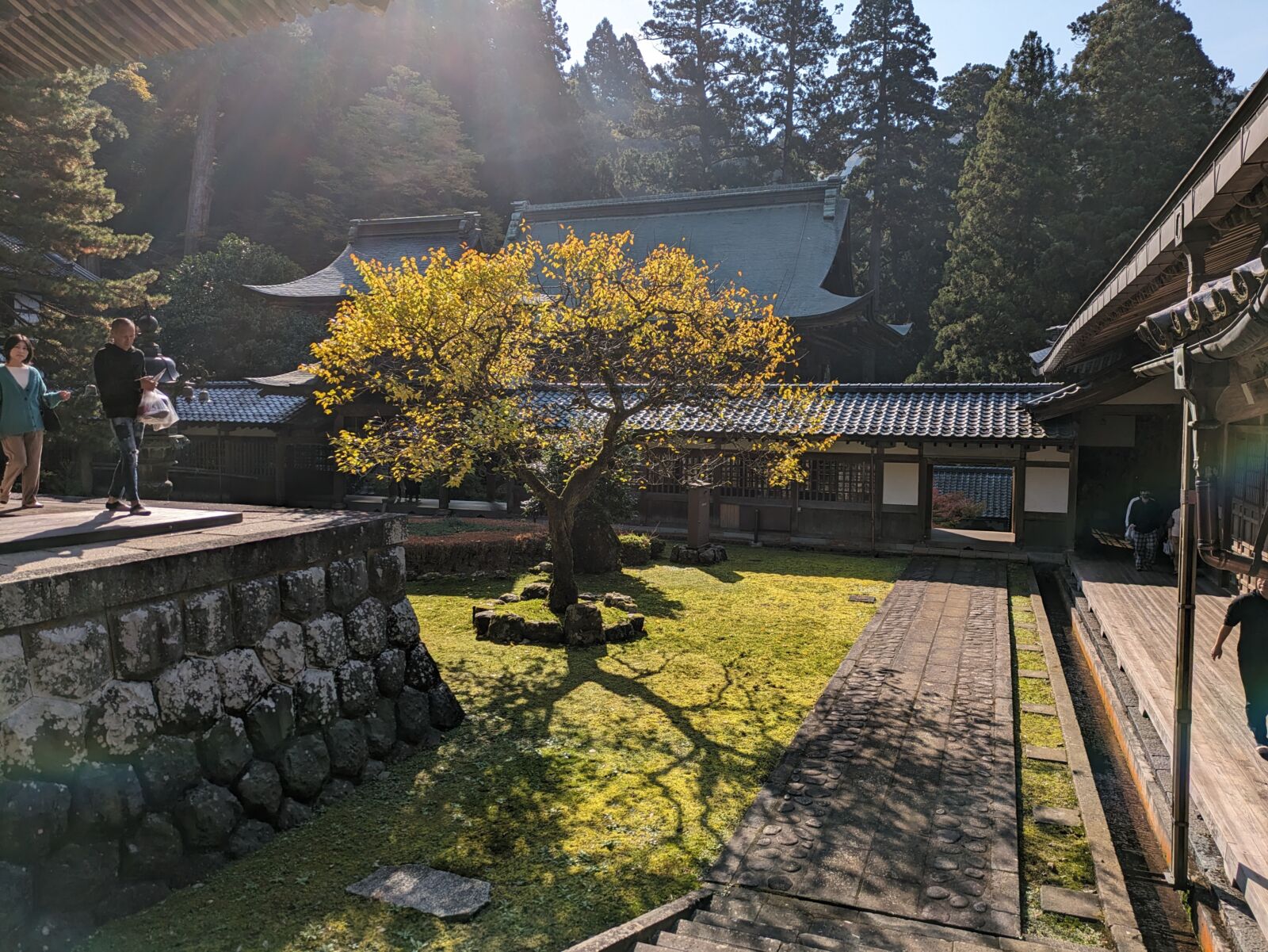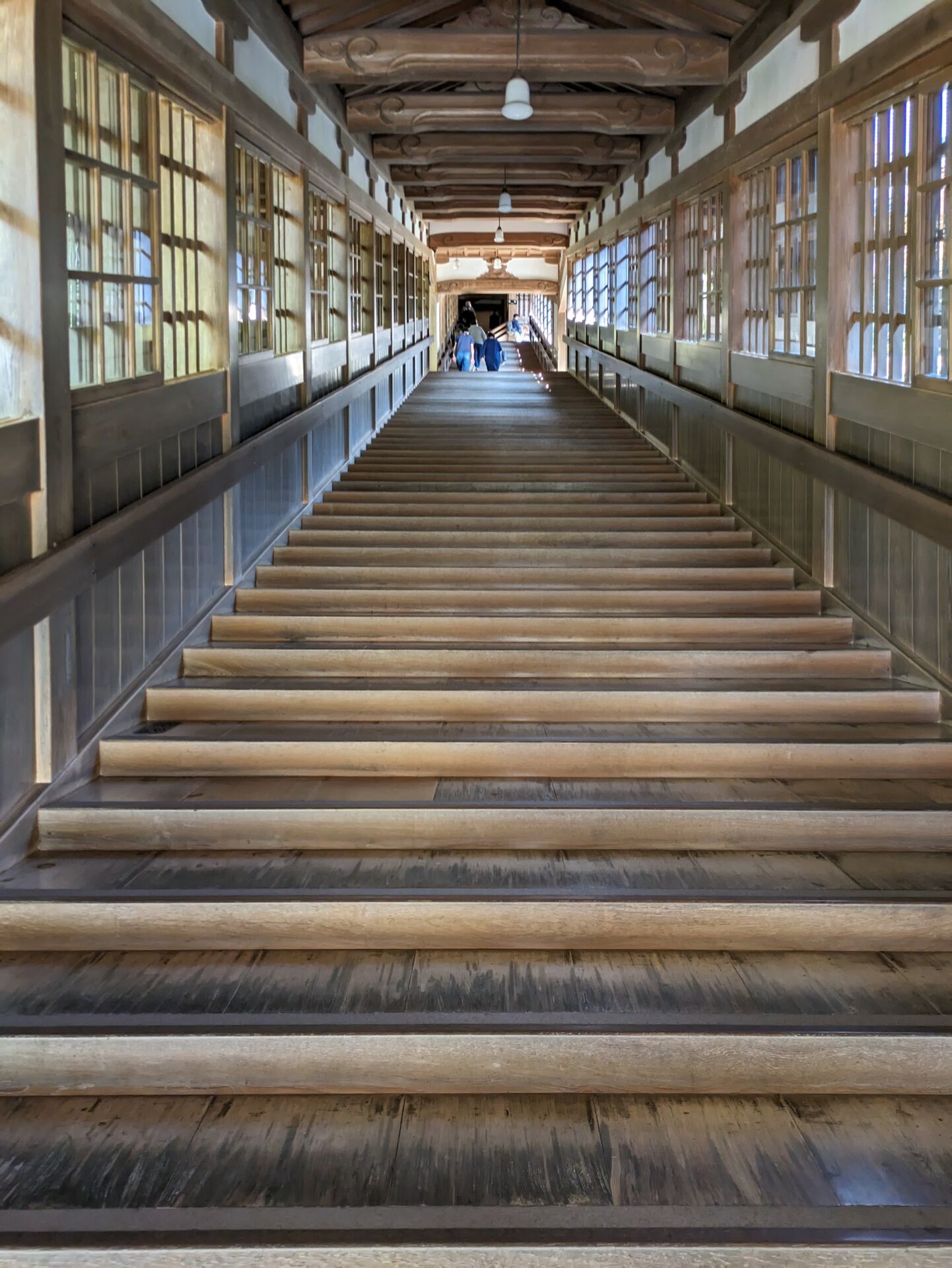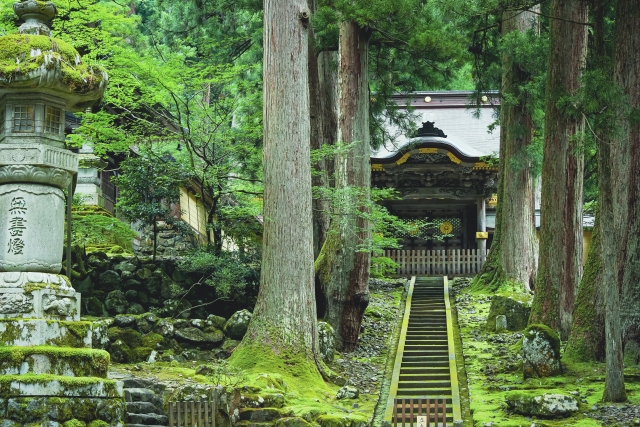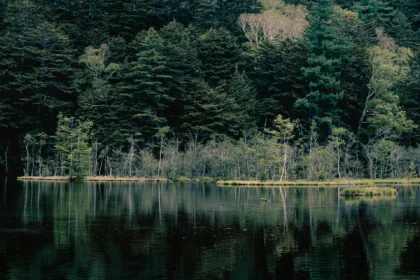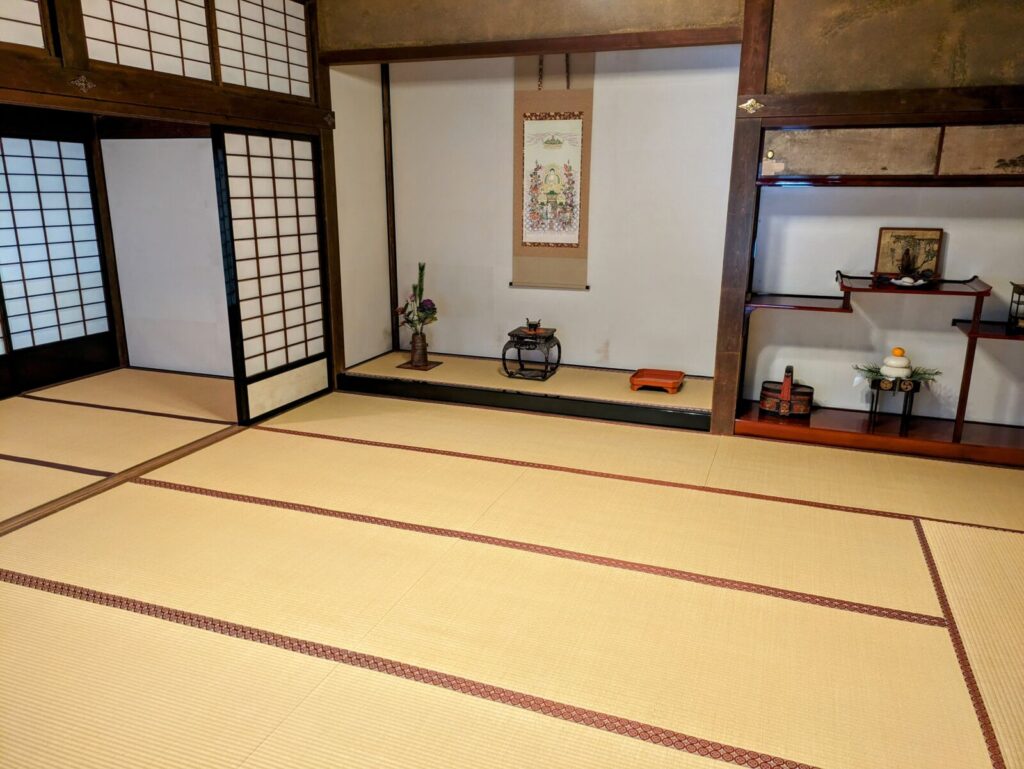
Note: This is not a tourist temple so it is closed randomly for events or the monk is out on business. If you want to see the inside it is best to call or join an organized tour(see below).
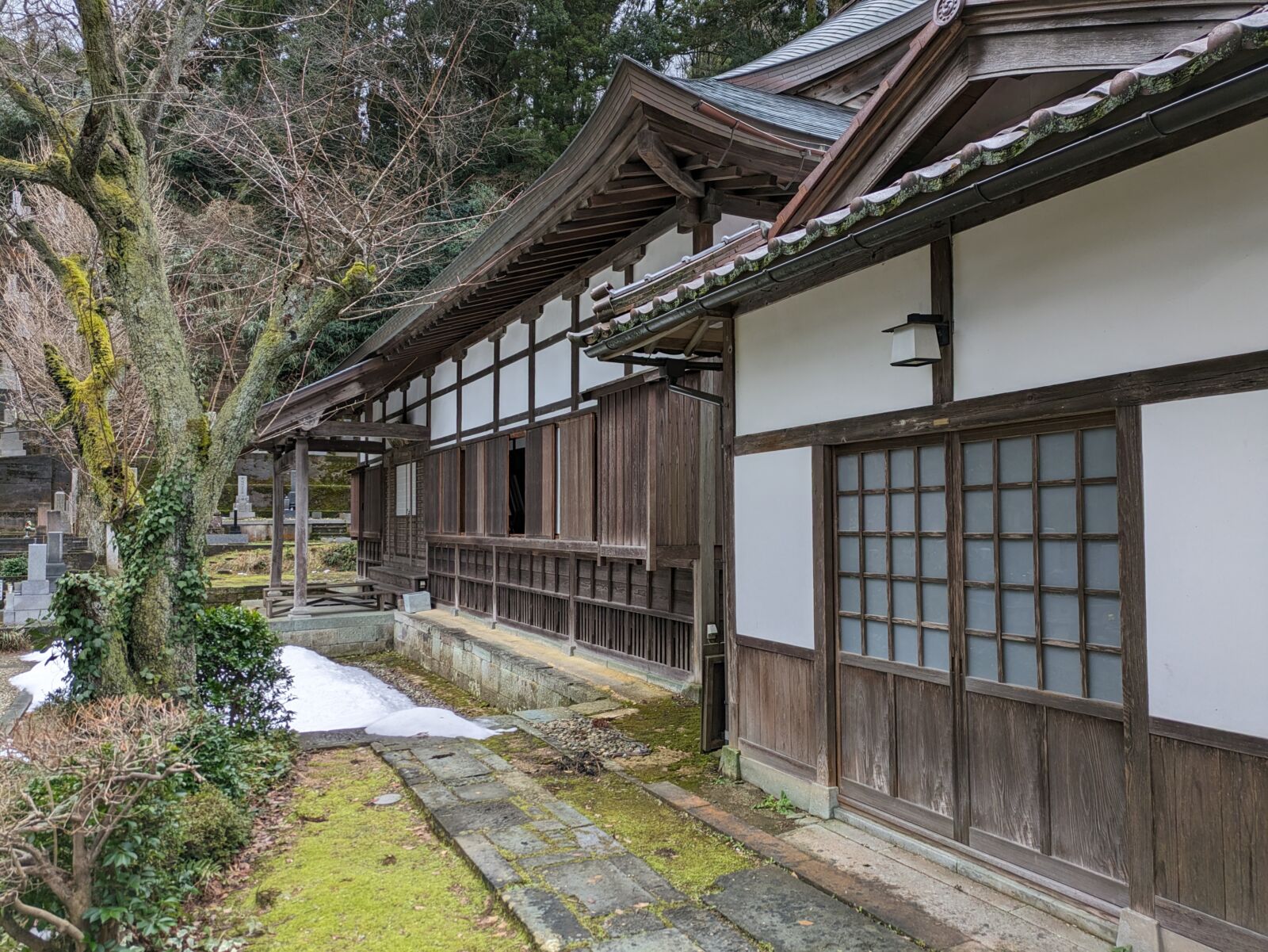
This temple was originally built in the nearby city of Sabae in the 700s before disappearing out of the historical records for about 900 years. In 1673, the lord Matsudaira Yorshinori decided to revive the temple in the name of his late mother. The following year he became the daimyo of all of Fukui so he moved to Fukui City, deciding to also relocated the temple he had constructed the year before. About 100 years later there was a fire and the temple was without a main hall. The monks requested a new building be built but as the Edo period was coming to a close, the finances of the domain were increasingly tight. As a compromise, two of the unused rooms of the palace within Fukui Castle were moved and expanded to create the temple as we know it today.
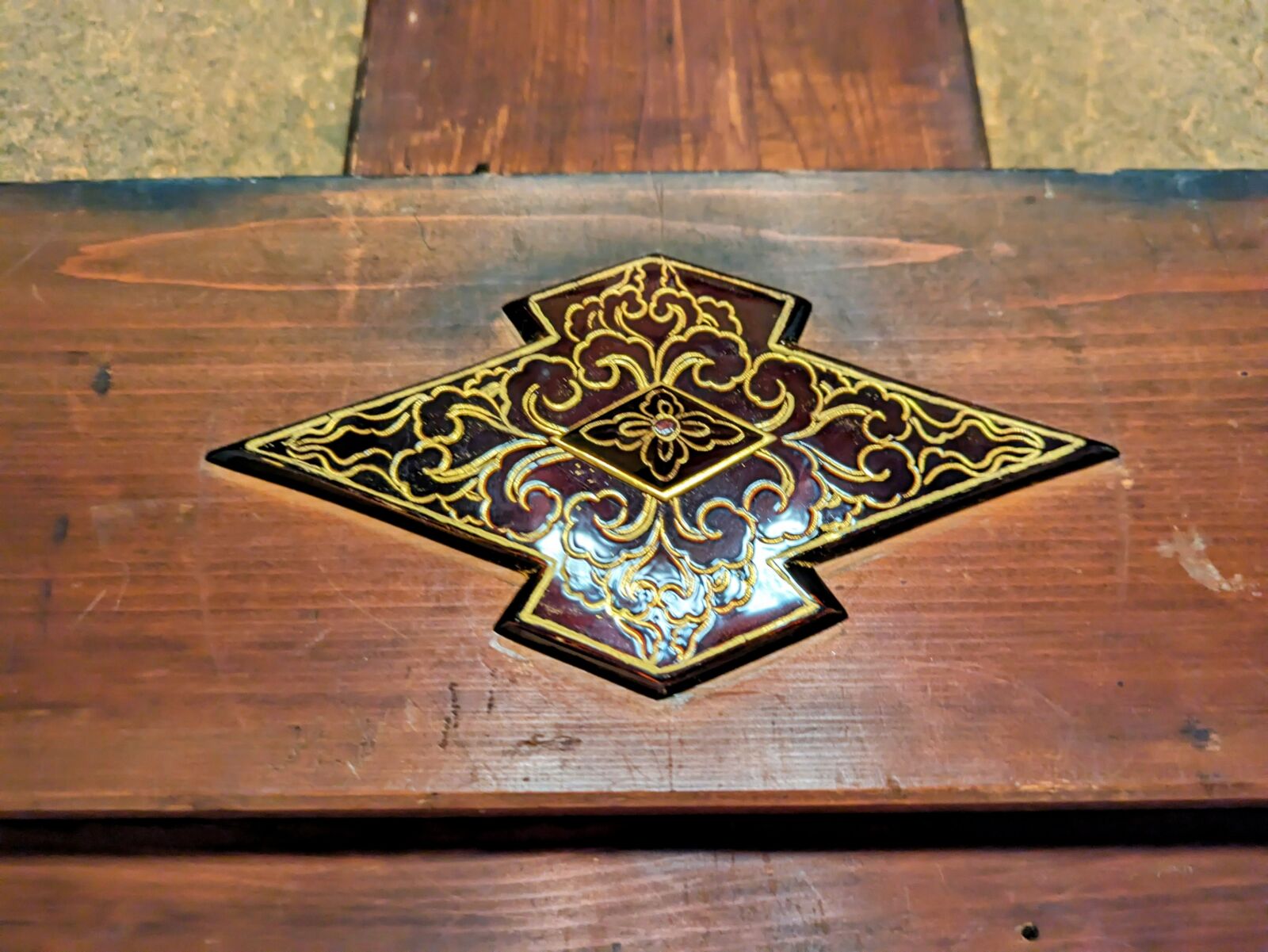
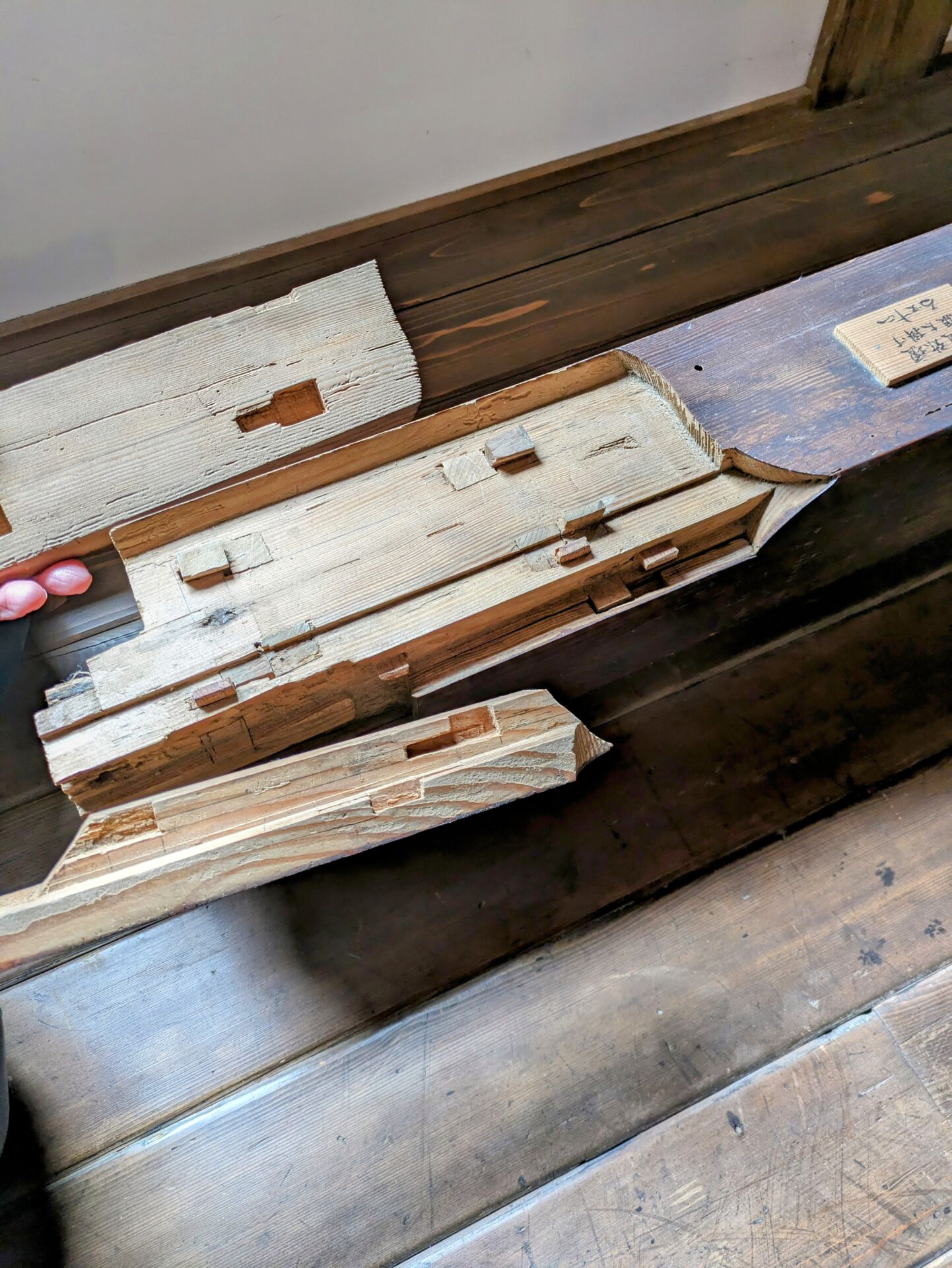
Although it is not the most difficult to access, it isn't in the immediate vicinity of the station either. If you are up for a good walk, it is less than 40 minutes from Fukui Station. The other way to get to Zuigenji is by bus, specifically the Smile (Sumairu) Bus, Green Line to Asuwa. It is a flat 100 yen fare to ride the bus. Get off at Asuwa Go-chome, continue down the same direction the bus was going and take the third right. The entrance is a bit difficult to find but it is the second left. It doesn't look like much until you walk in about 10 meters, or 30 feet, and you can see the temple itself.
If you are interested in visiting some of the sights in Fukui city, such as Fukui Castle, Zuigenji Temple and the Atagozaka Slope, join us for one of of tours! It doesn’t just stay in Fukui, as well. You will have the opportunity to see Eiheiji, one of the Head Temples for Zen Buddhism. It is a full day of learning about the history of the area and feeling the spirituality of the Japanese mountains. See below for more information!
EIHEIJI & FUKUI CITY FROM KANAZAWA / all year round
1 Day Tour from Kanazawa: Eiheiji Temple and Fukui City Castle Town
- Spots:
- Pick-up:
- Drop-off:
As one of the head temples of the world famous Japanese Zen Buddhist sect, Eiheiji Temple is a place where you can feel the mystery and beauty of traditional architecture hidden in a natural paradise. On this tour you can choose start from either Kanazawa Station or Fukui Station. After grouping up at Fukui Station, we will take a tour of the city in the morning, seeing the castle walls, the "rainbow" shrine, and views of the city from the Atagozaka Slope. We will eat in the city before heading out on a direct bus to Eiheiji Temple. The ride into the mountains is about 30 minutes and we will arrive near the temple grounds. This area has had groupings of temples for over 500 hundred years and at its peak had thousands of monks living in the area. We will walk through the temple and learn about the history as we climb up deeper into the temple. There are many excellent photo spots to discover, too. The are so many interesting angles that catch the intertwining of nature and architecture all over the complex. Try to find the one that touches you the most!
